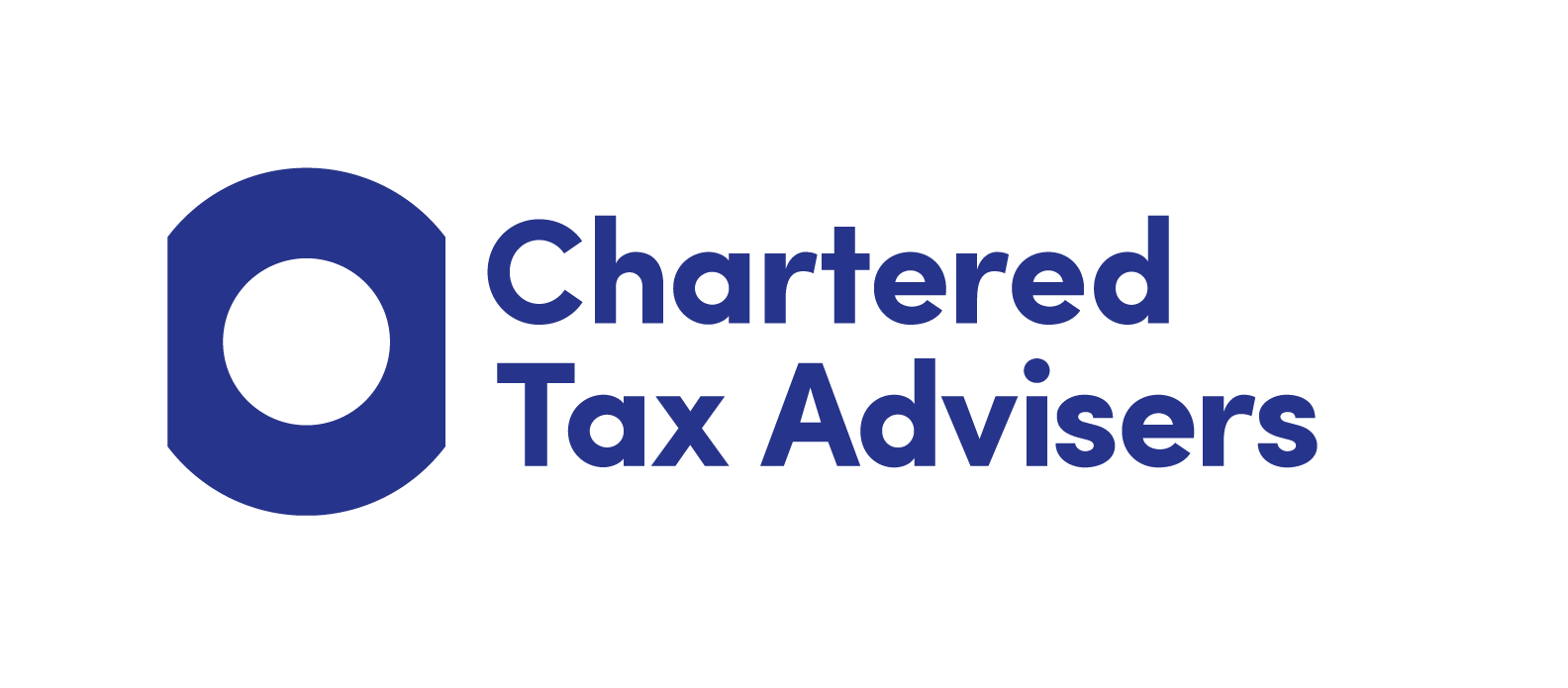Blog
Posted November 25, 2025
Annual Investment Allowance: Last Chance for 2025 Claims
As we approach the end of the tax year, there’s still time to make the most of one of the most generous capital allowances available to UK businesses. The Annual Investment Allowance (AIA) offers qualifying businesses the opportunity to claim 100% tax relief on eligible plant and machinery purchases, but the window for 2025/26 claims is closing fast.
If you’ve been considering significant capital investments, now is the time to act. Here’s everything you need to know to maximise your AIA claim before 5 April 2026.
Understanding the AIA: Your £1 Million Opportunity
The Annual Investment Allowance currently stands at a generous £1 million per year. This means your business can invest up to this amount in qualifying assets and claim the full cost as a tax-deductible expense in the same year, providing immediate tax relief rather than spreading it over several years.
For a profitable company paying Corporation Tax at 25%, a £1 million AIA claim could deliver tax savings of up to £250,000. Even for smaller investments, the savings can be substantial and provide a welcome boost to cash flow.
What Qualifies for AIA?
The AIA applies to most plant and machinery purchases, but it’s important to understand what counts and what doesn’t. Qualifying expenditure typically includes:
Equipment and machinery such as manufacturing equipment, computers and servers, office furniture and fixtures, and commercial vehicles like vans and lorries (but not cars).
Integral features of buildings including electrical systems, heating and ventilation systems, lifts and escalators, and water and sanitation systems.
Some business fixtures like kitchen equipment for restaurants, gym equipment for fitness businesses, and shop fitting and display equipment.
Notably, cars are specifically excluded from the AIA, regardless of their emissions. However, they may qualify for other capital allowances such as the 100% first-year allowance for electric vehicles or writing down allowances for other vehicles.
 Timing Is Everything
Timing Is Everything
To claim AIA in the 2025/26 tax year, you must either own the asset or be committed to buying it by 5 April 2026. Here’s what counts:
For most purchases, you need to have taken delivery of the asset and it must be available for use in your business. Simply placing an order isn’t sufficient unless you’ve entered into an unconditional contract to purchase.
If you’re commissioning bespoke equipment or installations, you may be able to claim for payments made during the tax year, even if the work isn’t completed, provided you have a binding contract.
For hire purchase or finance lease arrangements, the timing rules can be more complex. Generally, you can claim AIA when the asset is brought into use, but certain lease structures may not qualify at all.
With a few months until the tax year end, businesses should review their capital expenditure plans now to ensure purchases are completed in time.
How AIA Interacts with Other Capital Allowances
While the AIA is extremely valuable, it’s not the only capital allowance available. Understanding how these allowances work together can help you optimise your tax position.
Full expensing is a newer relief that allows companies to claim 100% first-year relief on qualifying new main rate plant and machinery with no upper limit. For many companies, full expensing will be more beneficial than AIA for large investments. However, full expensing doesn’t apply to special rate assets or integral features, where AIA may still be your best option.
Super-deduction ended in March 2023 but was replaced by full expensing. If you have any outstanding super-deduction claims, these should be resolved before considering new AIA claims.
Writing down allowances apply to any expenditure exceeding your available AIA or for assets that don’t qualify for AIA. The main rate is currently 18% on a reducing balance basis, while special rate assets (including integral features if you’ve used your AIA elsewhere) attract 6%.
First-year allowances for electric vehicle charging points and zero-emission cars provide 100% relief and don’t use up your AIA allocation.
The key is to allocate your AIA strategically. Generally, it makes sense to use AIA for assets that would otherwise only qualify for special rate writing down allowances at 6%, as this maximises the acceleration of tax relief.
Strategic Planning for Year-End
With time running short, here are some practical steps to maximise your AIA claim:
Bring forward planned purchases. If you were planning to buy equipment in the new tax year, consider whether you could complete the purchase before 5 April instead. The immediate tax relief may improve your cash flow significantly.
Review contracts and delivery dates. Check with suppliers whether equipment can be delivered and installed before the year-end. For major installations, confirm what constitutes “brought into use” for tax purposes.
Consider your allocation. If you’re part of a group of companies or have multiple businesses, remember that the £1 million AIA is shared between connected businesses. Strategic allocation across entities can be complex and requires careful planning.
Document everything. HMRC may query large capital allowances claims, so maintain clear records of purchase dates, delivery notes, installation certificates, and evidence of when assets were brought into use.
Don’t compromise on business decisions. While tax relief is valuable, you should never make capital purchases purely for tax reasons. The AIA should enhance the commercial case for investments you need, not drive unnecessary spending.
Common Pitfalls to Avoid
Even experienced business owners can make mistakes with AIA claims. Watch out for these common issues:
Claiming AIA on cars remains a frequent error. No matter how much a car costs, it won’t qualify for AIA.
Mixing up purchase dates with payment dates can cause problems. It’s the date the asset becomes available for use that matters, not when you paid for it.
Failing to coordinate between connected businesses can result in claims that exceed the available allowance, triggering HMRC adjustments and potential penalties.
Incomplete installations may not qualify until the asset is fully operational. A half-installed production line doesn’t qualify for relief until it’s actually capable of producing goods.
 Looking Ahead to 2026/27
Looking Ahead to 2026/27
While it’s important to maximise your current year claims, it’s equally valuable to plan ahead. The £1 million AIA is currently scheduled to continue beyond this tax year, but Government policy can change.
If your business has significant ongoing capital expenditure needs, developing a multi-year investment strategy that considers the timing of purchases across tax years can optimise your overall tax position. This is particularly relevant for businesses approaching the £1 million threshold or those with lumpy investment patterns.
Take Action Now
With the 2025/26 tax year drawing to a close, the opportunity to claim valuable tax relief on capital investments is slipping away. Whether you’re investing £10,000 or approaching the £1 million limit, ensuring you claim all available allowances requires careful planning and timely action.
The interaction between AIA, full expensing, and other capital allowances has become increasingly complex. Making the wrong choices could mean missing out on significant tax relief or, worse, falling foul of HMRC rules.
Ready to maximise your capital allowances? Book a capital expenditure planning session with our team today. We’ll review your investment plans, identify all available allowances, ensure your purchases are structured correctly, and help you time your expenditure to optimise tax relief. Don’t leave money on the table—contact us now to secure your appointment before the year-end rush.
SERVICES
LATEST NEWS
CATEGORIES
- Blog (147)
- Business Advice (49)
- Just For Fun (17)
- Tax Tips (38)
- Video (8)











